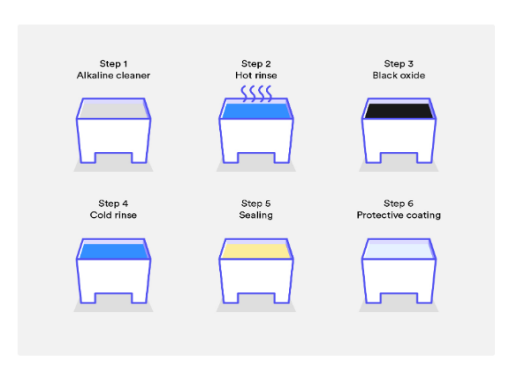- Capabilities
-
CNC Machining
Tight tolerance and 20+ finishes 3, 4 , 5 axis, as fast as 2 days -
Sheet Metal Fabrication
High-precision, on-demand sheet metal cutting and bending. -
3D Printing
SLA, SLS,MJF,SLM, FDM 3d printing with post treatment. -
Vacuum Casting
Production quality parts without the tooling investment.
-
- Solutions
Rapid Prototyping
Fastest lead time of high-quality prototypes at minimal cost.
Low Volume Production
From one-off prototyping to low-volume production.
Mechanical Assembly
Custom assembly for project-specific needs.
Custom Package
Ready to help you prompt your brand.
- Sources
Materials
Select from 100 more types of metals and plastics.
Finishes
Select from 20 more types of surface fishes.
Industries
Providing precision machining and manufacturing solutions.
Cases
How we assist our clients in bringing their projects to fruition.
- Company
Quality Assurance
Consistent quality, every time.
About Us
Your go-to manufacturer for custom parts.
Newsroom
Learn updated news about ECOREPRAP.
Surface Finishes
Black Oxide Services
Black oxide is utilized mainly for the black smooth appearance and for gently enhancing corrosion resistance. Black oxide fertilized with oil can offer the highest amount of rust resistance.
All your designs are secure and confidential
Black Oxide
Black oxide fertilized with oil can give the greatest amount of deterioration resistance. Black oxide is developed in a process similar to anodizing, where the parts are dipped into various warm bathrooms of chemicals that transform the surface of the material right into magnetite, which creates the black shade. Black oxide does not have a significant dimensional influence, therefore covering up parts is not necessary. This procedure can take a longer time due to the manual labor required and the time it takes for the baths to come to the appropriate temperature. Black oxide is a conversion finishing (similar to Alodine). It is utilized mostly for look and for mild rust resistance.
| Applicable Materials | Cosmetic Availability | Visual Appearance |
| Steel | NA | Smooth, matte black |
Black Oxide Parts


Black Oxide Process
Black oxide is a conversion finish, suitable with steel, stainless steel, and copper, that provides a black appearance and gently boosts resistance to rust of parts.
Right here’s exactly how to apply black oxide:
1. Initial run components via machining and deburring.
2. Clean parts making use of alkaline options.
3. Rinse in water.
4. Black oxidizing. .Submerse the component in the hot (135-145ºC) alkaline bath for a period of 5 to 40 minutes depending on the dimension of the component
5. Rinse in water.
6. After-finish therapy. Seal the oxide surface with oil, lacquer, or wax. This imparts the wanted visual appearance and enhances the corrosion resistance of the part.

Black Oxide Design Considerations
Masking: Black oxide does not have a substantial dimensional influence, for that reason covering up components is not essential.
FAQs
Black oxide is a conversion coating applied to ferrous metals, such as steel, to enhance corrosion resistance and create a black appearance.
Black oxide provides improved corrosion resistance, reduced light reflection, and an attractive black finish.
Black oxide forms a protective layer on the metal’s surface, reducing the risk of rust and corrosion.
No, black oxide is primarily used on ferrous metals like steel and iron.
Black oxide has a minimal impact on part dimensions, making it suitable for precision components and can be applied to parts with complex shapes and intricate features.
Black oxide enhances corrosion resistance but may not be sufficient for extended exposure to extreme outdoor or marine environments.
It is common to apply a rust inhibitor or sealant after black oxide to enhance corrosion resistance and durability, especially in harsh environments.





















